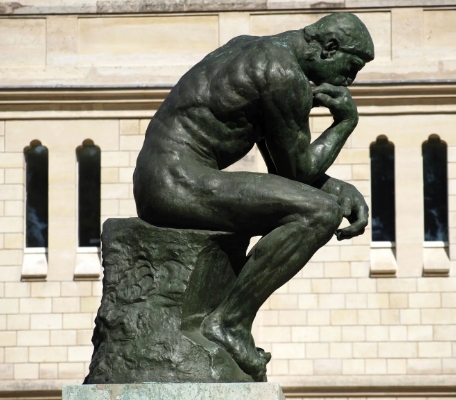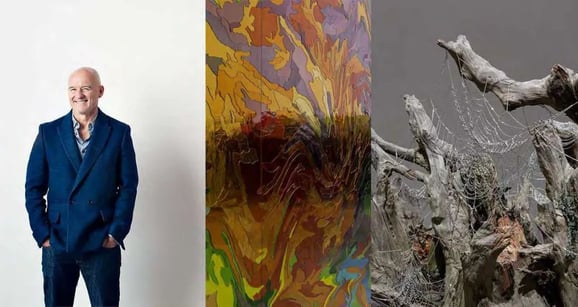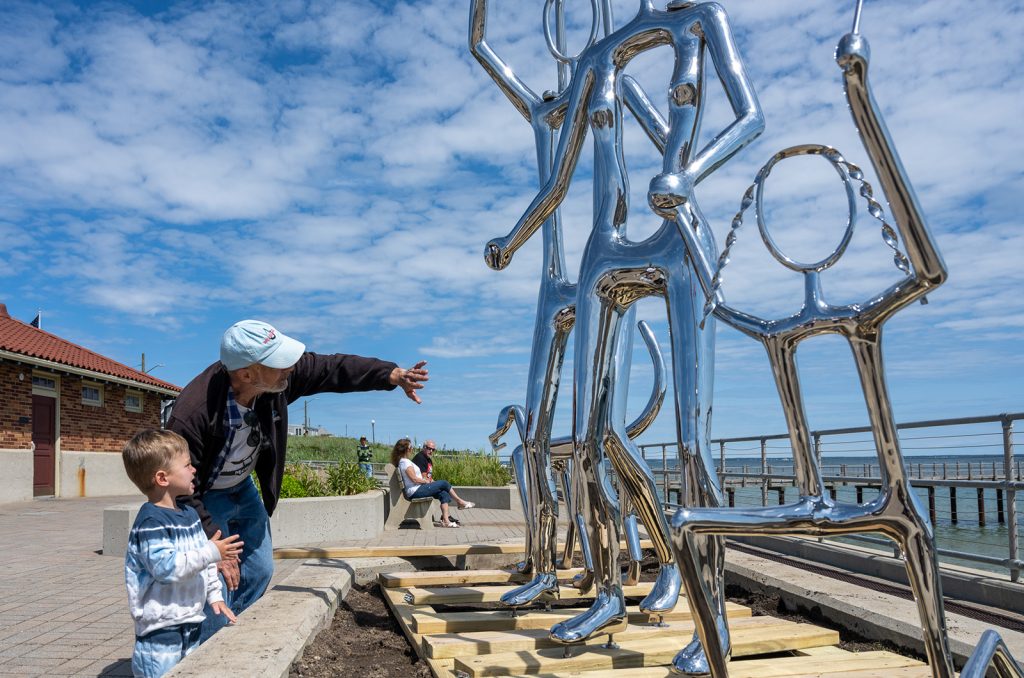Exploring the Soul in Stone: The Artistic Genius of Auguste Rodin
Auguste Rodin, a pioneering figure in modern sculpture, revolutionized the way we perceive expression in stone. His ability to capture the nuances of human emotion in his work makes studying his art not only enlightening but also deeply moving. This article takes you through the key aspects of Rodin’s artistry, shedding light on his techniques and influences.
Understanding the Techniques of Rodin
Rodin’s techniques went beyond traditional sculpting methods to forge a new path in the art world. He often embraced a rough, unfinished aesthetic, giving his sculptures a sense of immediacy and raw emotion. This approach allowed him to convey the complexities of the human experience, turning stone into a medium imbued with life. He frequently used clay models before casting them in bronze or carving them in marble, enabling him to explore expressions and poses more freely. By prioritizing emotion over perfection, Rodin’s works invite viewers to connect deeply with the subjects he portrays.
The Influence of Artistic Movements
Rodin’s work was shaped by various artistic movements, including Impressionism and Romanticism. While he was deeply influenced by these styles, he also broke away from their limitations by focusing on capturing the spirit of his subjects rather than adhering to strict forms. This distinctive blend is evident in renowned pieces like “The Thinker” and “The Kiss.” The dynamic poses and emotional resonance in these works showcase Rodin’s innovative spirit, allowing him to transcend artistic boundaries. His ability to convey internal struggles and triumphs has left a lasting impact on modern sculpture and continues to influence contemporary artists.
Legacy and Influence on Modern Art
Rodin’s legacy stretches far beyond his lifetime, influencing generations of artists and reshaping perceptions of sculpture. His works inspired movements such as Expressionism and Surrealism, encouraging artists to explore the human condition through new mediums and methods. Modern sculptors still draw from Rodin’s techniques and emotional depth, underlining his role as a foundational figure in art history. His works are not just celebrated in museums; they also permeate popular culture, reminding us that the quest for emotional expression in art remains relevant today.
In conclusion, Auguste Rodin’s genius lies in his unparalleled ability to breathe life into stone, forever changing the landscape of sculpture. By embracing imperfection and prioritizing emotion, he paved the way for future artistic exploration. For those interested in diving deeper into his work, visiting a museum or reading more about his life and contributions can be an enlightening experience. Explore the world of Rodin, and discover the emotions that continue to resonate through his remarkable creations.


